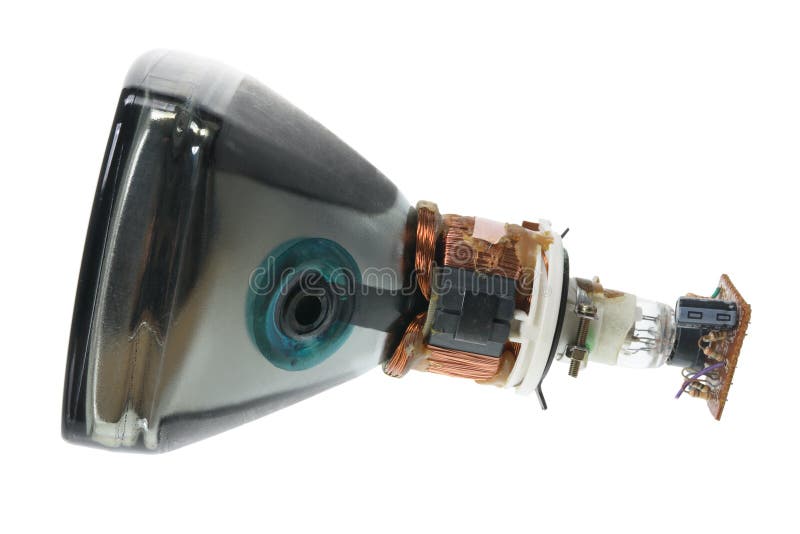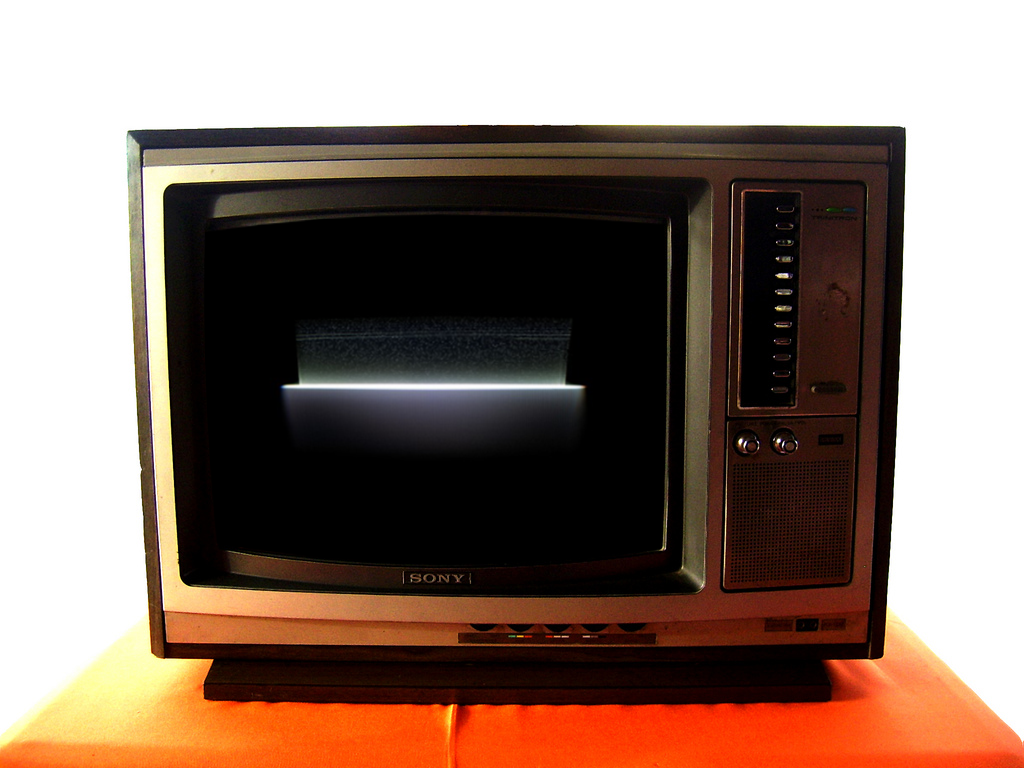
The excitons are loosely bound electron–hole pairs that wander through the crystal lattice until they are captured as a whole by impurity centers. Impurities create electronic levels in the forbidden gap.

This leaves an associated hole behind, in the valence band. An incoming particle can excite an electron from the valence band to either the conduction band or the exciton band (located just below the conduction band and separated from the valence band by an energy gap). The scintillation process in inorganic materials is due to the electronic band structure found in the crystals. After losing some energy in non-radiative transitions, it eventually transitions back to its ground state energy level by fluorescence, emitting a photon of lower energy in the visible light region. An electron in the phosphor absorbs a high-energy photon from the applied radiation, exciting it to a higher energy level. Light-emission process Jablonski diagram shows the energy levels in a fluorescing atom in a phosphor. Phosphorus, the light-emitting chemical element for which phosphors are named, emits light due to chemiluminescence, not phosphorescence. CRT phosphors were standardized beginning around World War II and designated by the letter "P" followed by a number. Phosphorescent materials are used where a persistent light is needed, such as glow-in-the-dark watch faces and aircraft instruments, and in radar screens to allow the target 'blips' to remain visible as the radar beam rotates.


Phosphors can be classified into two categories: fluorescent substances which emit the energy immediately and stop glowing when the exciting radiation is turned off, and phosphorescent substances which emit the energy after a delay, so they keep glowing after the radiation is turned off, decaying in brightness over a period of milliseconds to days.įluorescent materials are used in applications in which the phosphor is excited continuously: cathode-ray tubes (CRT) and plasma video display screens, fluoroscope screens, fluorescent lights, scintillation sensors, white LEDs, and luminous paints for black light art. When a phosphor is exposed to radiation, the orbital electrons in its molecules are excited to a higher energy level when they return to their former level they emit the energy as light of a certain color. The term is used both for fluorescent or phosphorescent substances which glow on exposure to ultraviolet or visible light, and cathodoluminescent substances which glow when struck by an electron beam ( cathode rays) in a cathode-ray tube. Example of phosphorescence Monochrome monitor Aperture grille CRT phosphorsĪ phosphor is a substance that exhibits the phenomenon of luminescence it emits light when exposed to some type of radiant energy. For the chemical element, see phosphorus.


 0 kommentar(er)
0 kommentar(er)
